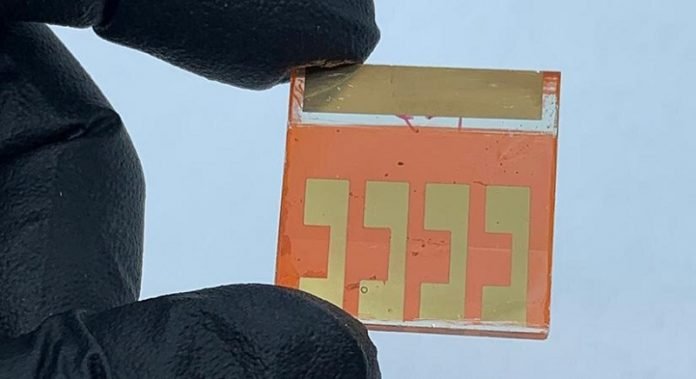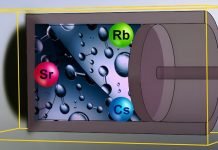
Researchers at the National Renewable Energy Laboratory (NREL) and affiliated institutions have bolstered the efficiency of perovskite solar cells by as much as 16%.
The effort involved combining a two-dimensional (2D) perovskite layer with a three-dimensional (3D) perovskite layer, which yielded a solar cell with improvements in both efficiency and stability.
Ongoing research into the crystalline structure of perovskites as a cheaper and more efficient alternative to silicon solar cells has resulted in considerable technological advances, with reported efficiencies as great as 25.5%.
Kai Zhu, a senior scientist in the Chemistry and Nanoscience Center at NREL and a corresponding author on the new paper outlining the research, said that the melding of the 2D and 3D layers could boost the efficiency of the solar cell to about 24.7%.
The paper, “Metastable Dion-Jacobson 2D Structure Enables Efficient and Stable Perovskite Solar Cell,” appears in the journal Science.
The researchers veered away from another experimental approach involving adding a 2D layer based on bulky organic cations, or positively charged ions.
That type of 2D perovskite structure, known as Ruddlesden-Popper, can inhibit the movement of charge carriers, thus limiting efficiency.
The newer research used a different 2D perovskite structure, known as Dion-Jacobson, in a metastable polymorph, which has shown greater stability and an ability to move charge carriers more freely.
The scientists compared the modified perovskite cell to a control sample. The modified cell showed only a 10% drop in efficiency after 1,000 hours of continuous operation. The control sample saw its efficiency decline by 43%.
The researchers said that the use of the metastable 2D structures represents a promising new chemical design that can be adapted by the solar industry to accelerate the development of efficient and stable perovskite solar cells.
Source: National Renewable Energy Laboratory.




